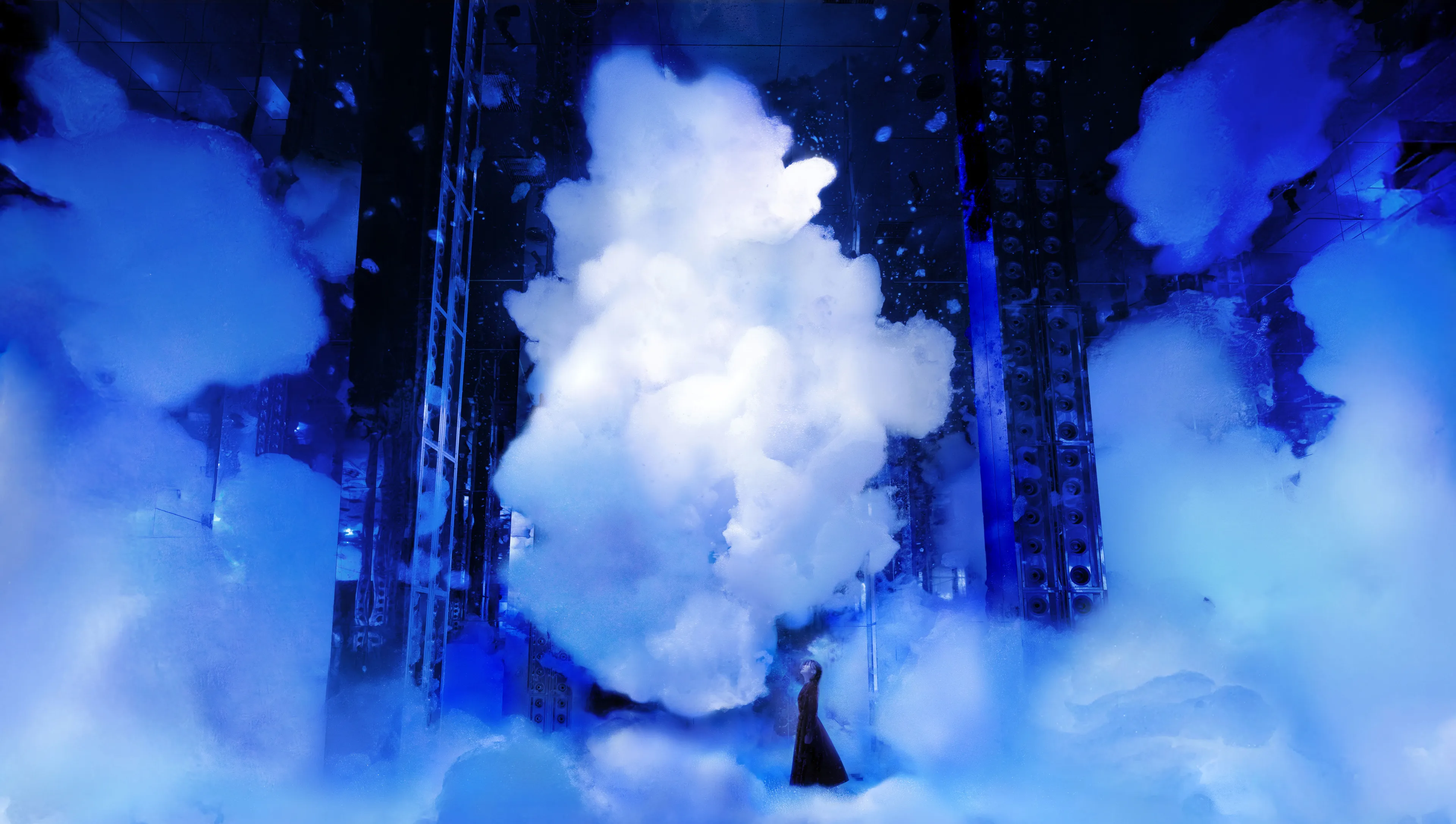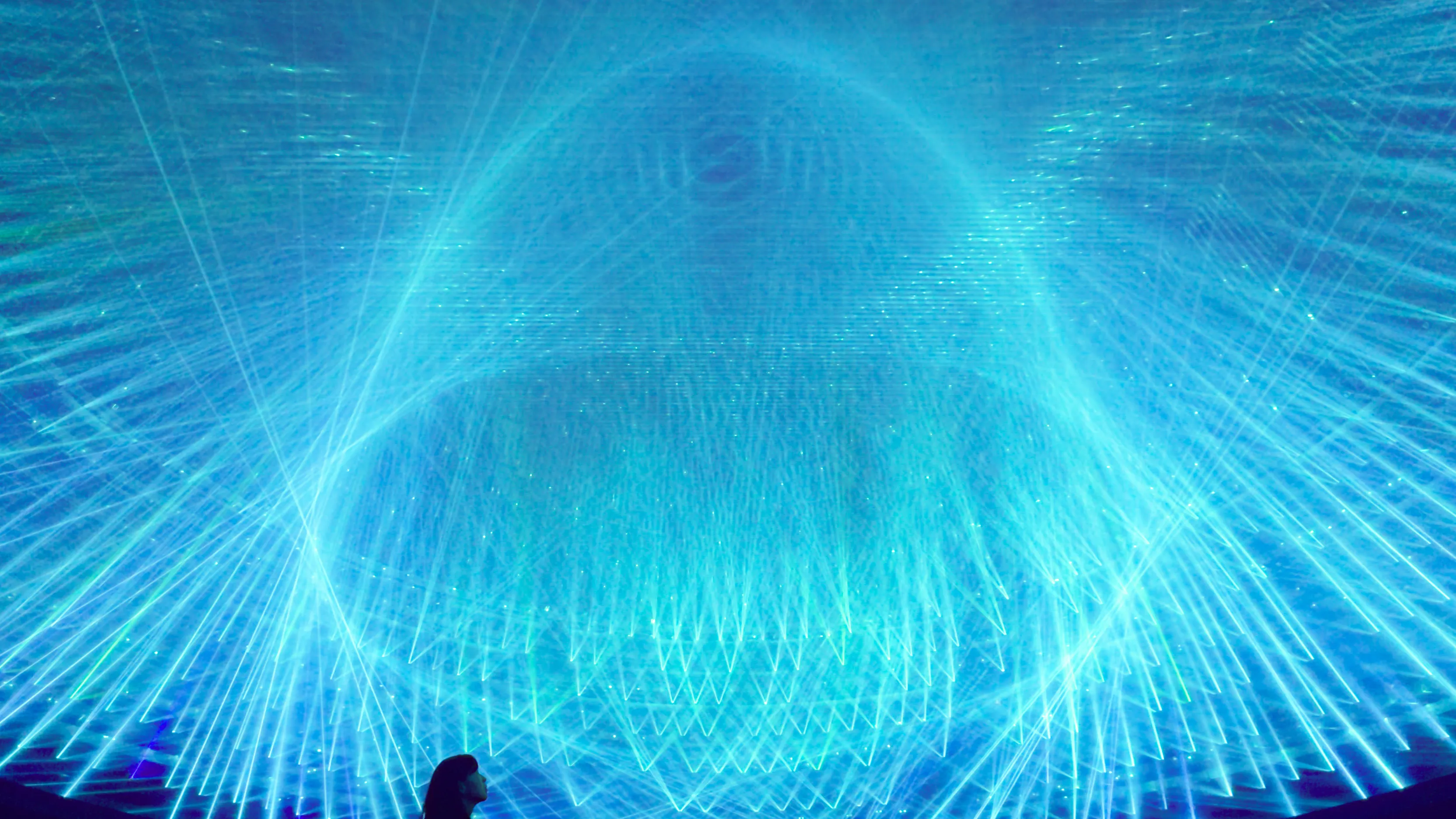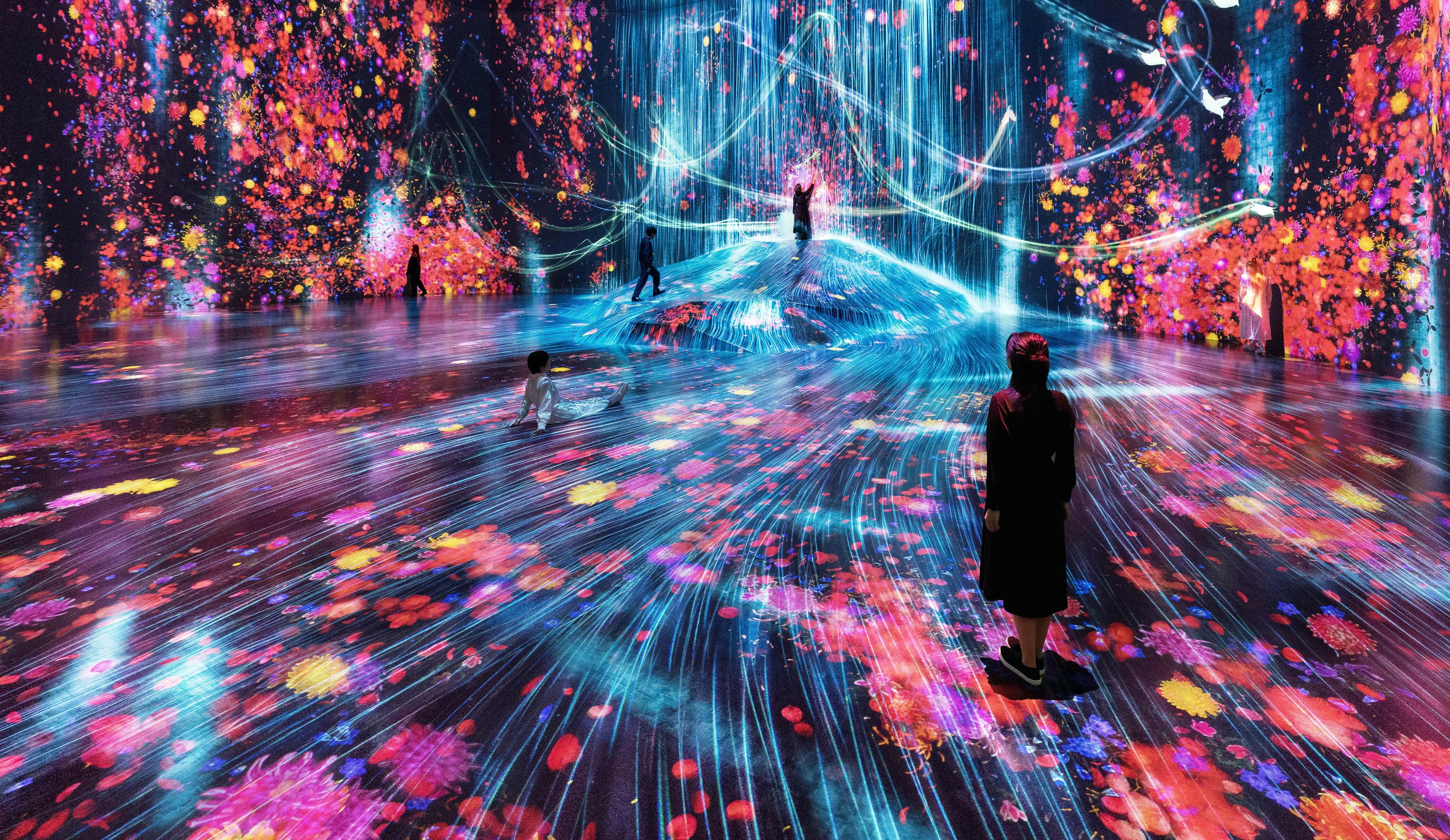Zipangu – Contemporary artists who have run through the Heisei era | teamLab
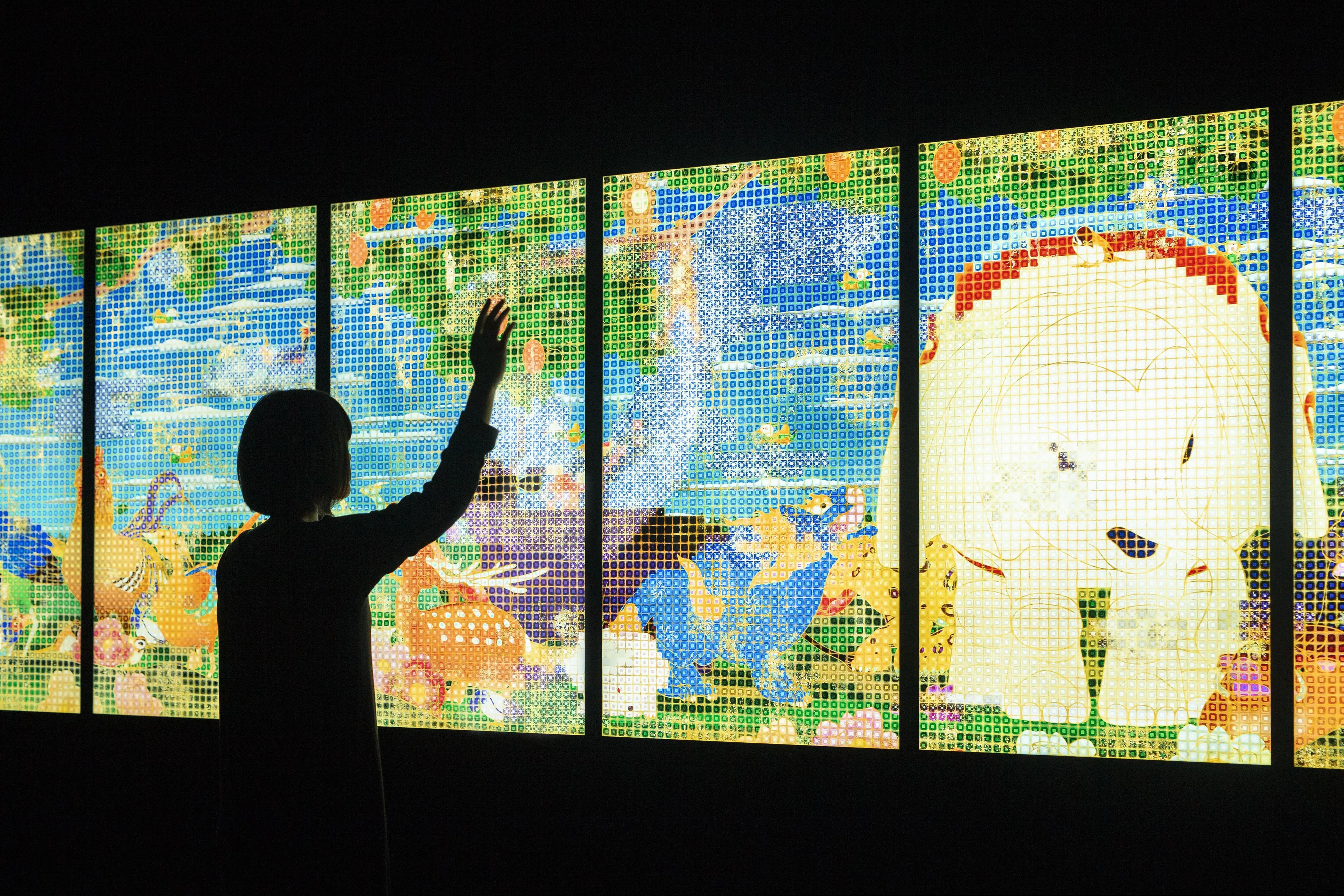
Zipangu – Contemporary artists who have run through the Heisei era
전시 종료
2024.8.24(Sat) - 10.20(Sun)Saga Prefectural Art Museum, Saga
Group Exhibition

Zipangu – Contemporary artists who have run through the Heisei era
전시 종료
2024.8.24(Sat) - 10.20(Sun)Saga Prefectural Art Museum, Saga
Group Exhibition
teamLab에 대해
아트 컬렉티브 teamLab은 2001년 활동을 시작했다. 국경을 넘어선 연대 속에 집단 창작의 방식으로 예술, 과학, 테크놀로지 그리고 자연계의 교차점을 학제적 접근으로 모색한다. 아티스트, 프로그래머, 엔지니어, CG 애니메이터, 수학자, 건축가 등 다양한 분야의 전문가들로 구성된 teamLab은 예술을 통해 인간과 자연, 개인과 세계의 새로운 관계를 탐구하고 표현한다.
teamLab은 우리에게 익숙한 모든 경계에 대해 질문한다. 인간은 각자를 둘러싼 바깥 세상을 감각 기관으로 인지해 스스로와 분리하고 낱낱을 경계지어 독립체로 구분하려 한다. 현대 문명은 그런 방식으로 세계를 이해해 왔다. teamLab은 예술을 통해 감각을 확장하고 개인과 세계의 경계, 시간의 연속성에 대한 인지의 경계를 넘어설 수 있다고 믿는다. 이 세계의 모든 것은 광대한 시간 속에, 생명의 끝없는 연속 안에 가까스로, 하지만 기적적으로 존재하고 있다.
teamLab의 작품은 시드니 뉴사우스웨일스 주립 미술관, 애들레이드 사우스오스트레일리아 미술관, 샌프란시스코 아시아 미술관, 뉴욕 아시아 소사이어티, 이스탄불 보루산 현대 미술관, 멜버른 빅토리아 국립 미술관, 헬싱키 아모렉스가 영구 소장하고 있다.
teamlab.art
Biographical Documents
teamLab is represented by Pace Gallery, Martin Browne Contemporary and Ikkan Art.
EXHIBITION OVERVIEW
Zipangu – Contemporary artists who have run through the Heisei era
The Heisei era is sometimes called the "Lost 30 Years," but it was also a time when exceptional talent in fashion, architecture, anime, manga, and contemporary art flourished, earning global recognition.
This exhibition offers a chronological exploration of Japanese contemporary art that emerged during the Heisei era. It is a restructured and expanded version of the "Zipangu" exhibition, originally held in Japan in 2011-2012.
The original Zipangu exhibition aimed to rediscover the allure of Japanese contemporary art. It also sought to heal and rejuvenate Japan through the power of art in the wake of the Great East Japan Earthquake.
In this updated Zipangu exhibition, we bring together works from leading artists who have shaped the art world from the Heisei era into the Reiwa era. These artists have developed unique expressions by blending and transforming Japanese culture within the broader context of global contemporary art. Their works reflect the complexity and diversity of their times.
As you explore the art on display, we invite you to reflect on the Heisei era and enjoy the contemporary art that continues to evolve today. (from Exhibition page)
The Heisei era is sometimes called the "Lost 30 Years," but it was also a time when exceptional talent in fashion, architecture, anime, manga, and contemporary art flourished, earning global recognition.
This exhibition offers a chronological exploration of Japanese contemporary art that emerged during the Heisei era. It is a restructured and expanded version of the "Zipangu" exhibition, originally held in Japan in 2011-2012.
The original Zipangu exhibition aimed to rediscover the allure of Japanese contemporary art. It also sought to heal and rejuvenate Japan through the power of art in the wake of the Great East Japan Earthquake.
In this updated Zipangu exhibition, we bring together works from leading artists who have shaped the art world from the Heisei era into the Reiwa era. These artists have developed unique expressions by blending and transforming Japanese culture within the broader context of global contemporary art. Their works reflect the complexity and diversity of their times.
As you explore the art on display, we invite you to reflect on the Heisei era and enjoy the contemporary art that continues to evolve today. (from Exhibition page)
전시회장 정보
Zipangu – Contemporary artists who have run through the Heisei era
기간
2024.8.24(Sat) - 10.20(Sun)
관람 시간
9:30 - 18:00 (Last entry 17:30)
휴관일
Every Monday
* However, the museum will be open on Monday, September 16 (National Holiday), Monday, September 23 (National Holiday), and Monday, October 14 (National Holiday).
* Closed on Tuesday, September 17, Tuesday, September 24, and Tuesday, October 15.
* However, the museum will be open on Monday, September 16 (National Holiday), Monday, September 23 (National Holiday), and Monday, October 14 (National Holiday).
* Closed on Tuesday, September 17, Tuesday, September 24, and Tuesday, October 15.
관람료
General: 1,200 yen
Discounted Price: 1,000 yen
* Admission is free for high school students and younger, those with a disability certificate or specified intractable disease medical recipient certificate, and one accompanying caregiver.
* The discounted price applies to groups of 20 or more, members of the museum's email list, students presenting a student ID (university, vocational school, etc.), those presenting a used ticket stub from this special exhibition, and those entering after 5:00 PM.
Discounted Price: 1,000 yen
* Admission is free for high school students and younger, those with a disability certificate or specified intractable disease medical recipient certificate, and one accompanying caregiver.
* The discounted price applies to groups of 20 or more, members of the museum's email list, students presenting a student ID (university, vocational school, etc.), those presenting a used ticket stub from this special exhibition, and those entering after 5:00 PM.
오시는 길
주소
Saga Prefectural Art Museum
Exhibition Rooms 2, 3, and 4
1-15-23 Jonai, Saga City, Saga
Exhibition Rooms 2, 3, and 4
1-15-23 Jonai, Saga City, Saga
현지 언어로 된 주소:
佐賀県立美術館
佐賀県佐賀市城内1丁目15−23
佐賀県佐賀市城内1丁目15−23
주최자
Saga Prefectural Art Museum
근처의 전시
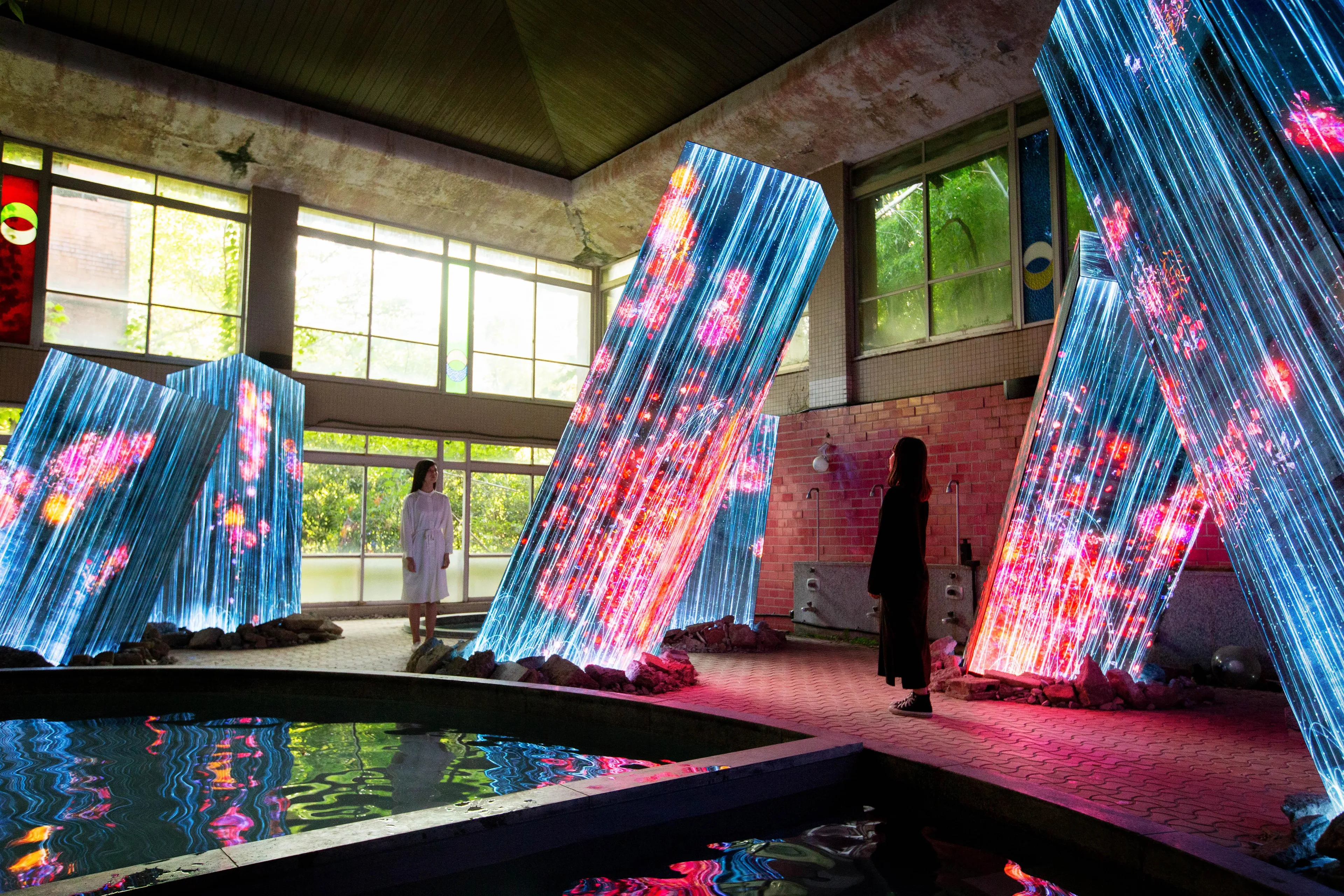
teamLab Ruins and Heritage: Rinkan Spa & Tea Ceremony
2020.11.10(Tue) - 상설
Mifuneyama, Takeo Hot Springs, Kyushu
Permanent Solo Exhibition
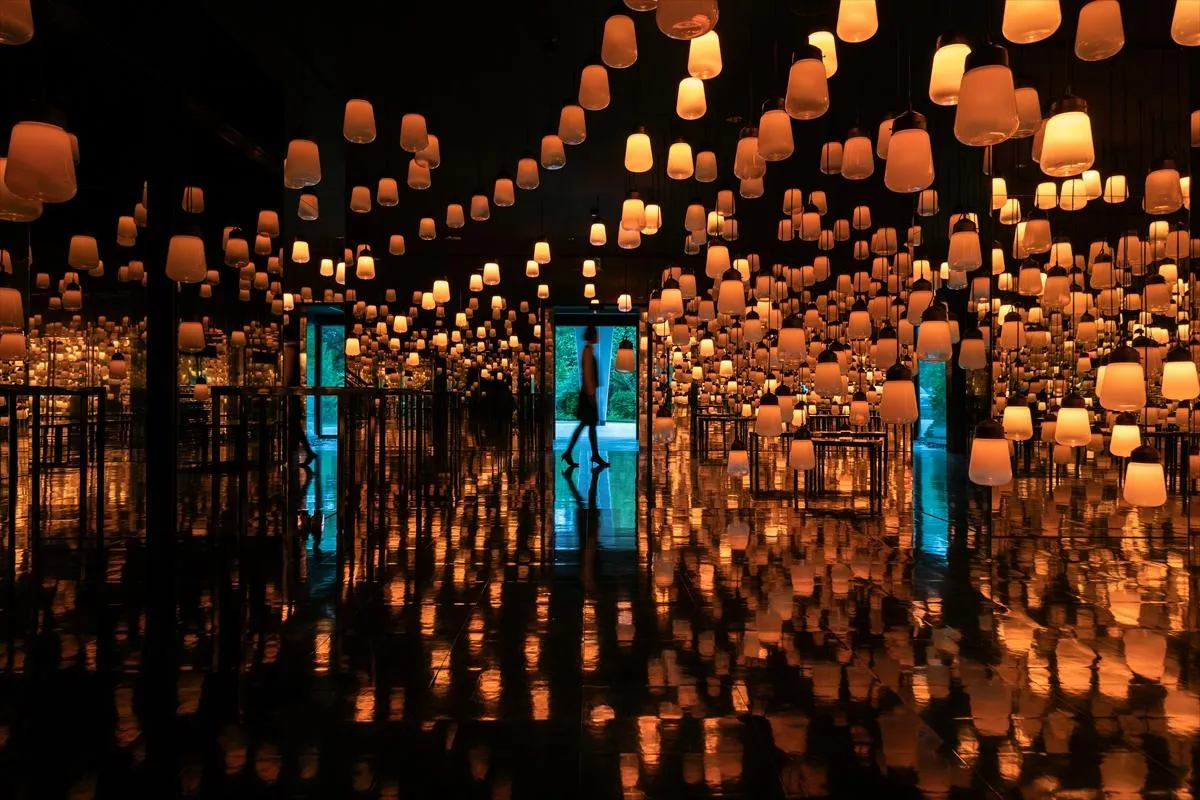
미후네야마 라쿠엔 호텔
2018.7.19(Thu) -
미후네야마 라쿠엔 호텔, Takeo Hot Springs, 규슈
Hotel
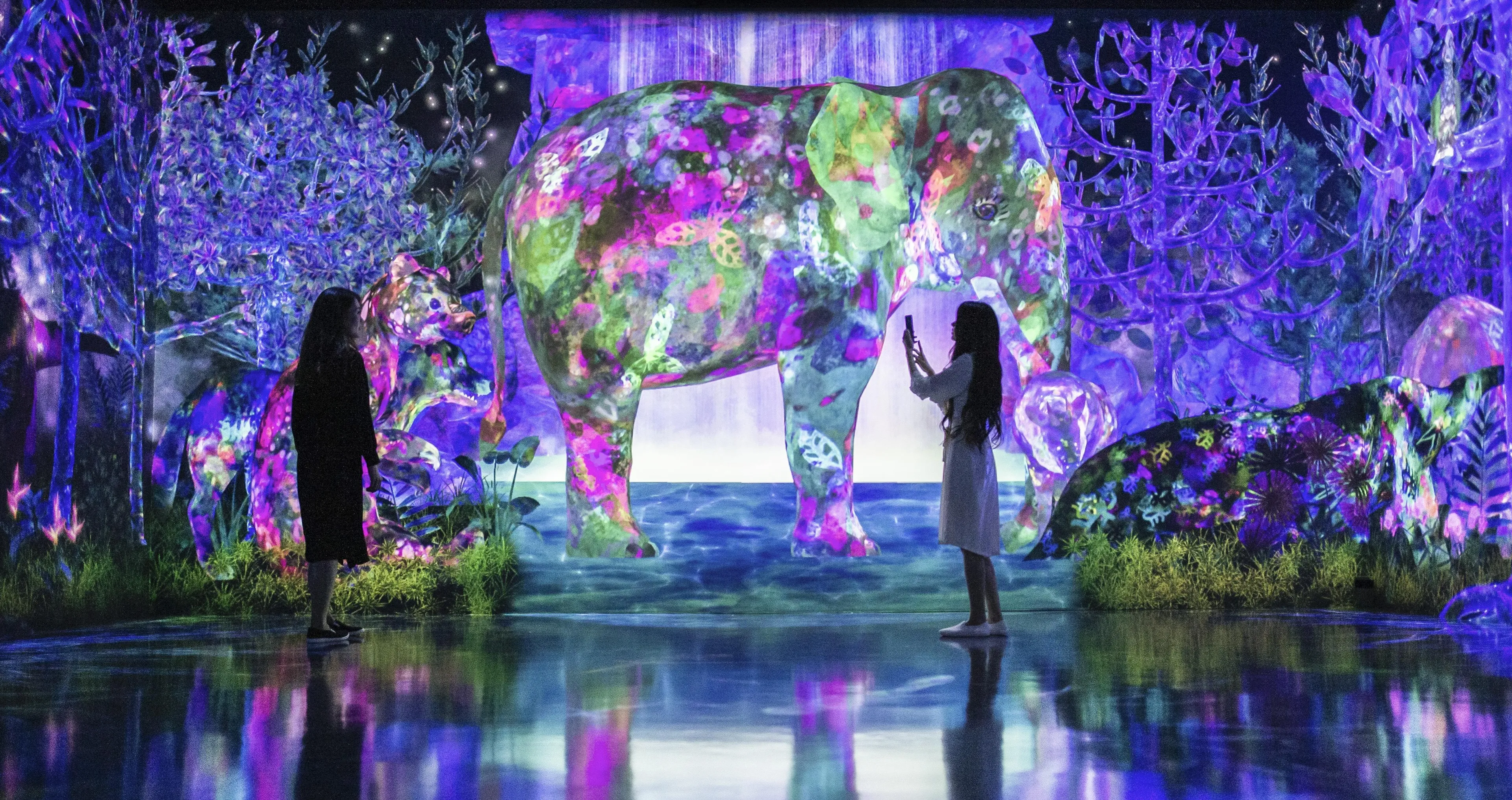
teamLab Forest Fukuoka - SBI SECURITIES Co., Ltd.
2020.7.21(Tue) - 상설
MIZUHO PayPay Dome FUKUOKA 바로 옆, 후쿠오카
teamLab Museum
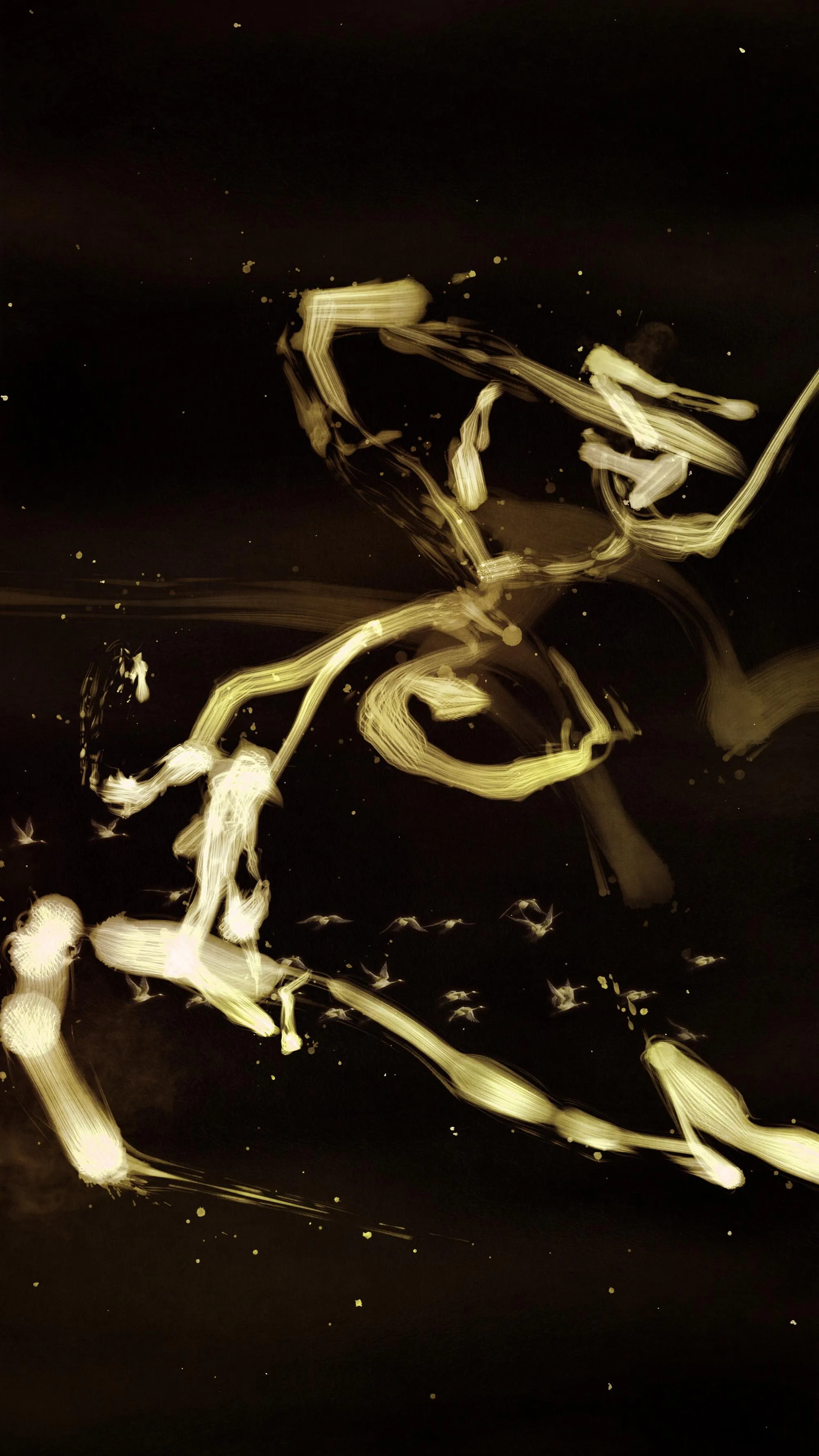
Spatial Calligraphy, Reversible Rotation and Crane - Fukuoka Gold Light, Day & Night
2017.3.30(Thu) - 상설
Fukuoka Airport Domestic Terminal JAL DP · Sakura Lounge, Fukuoka
Public Art

